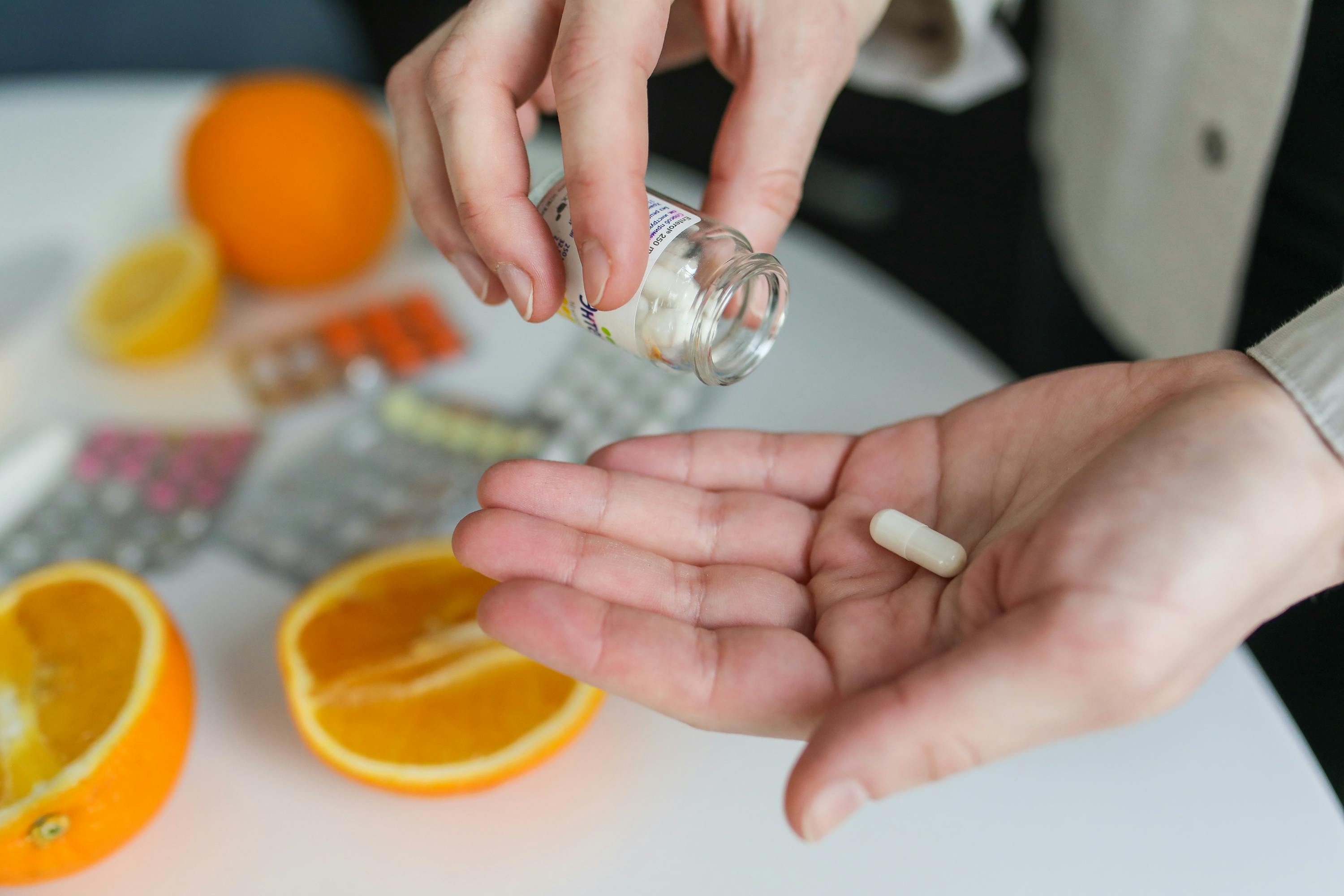Global Access: Expanding Mobility Services in Low-Resource Settings
Expanding mobility services in low-resource settings requires practical strategies that account for limited infrastructure, workforce gaps, and material constraints. This article outlines pragmatic approaches to improving rehabilitation, prosthetic design, training, and remote support to enhance accessibility and long-term durability for amputees and care teams.

This article examines practical ways to expand mobility services in low-resource settings, focusing on sustainable rehabilitation approaches, appropriate biomechanics, and accessible technologies. It addresses how local services and global partners can support amputee care by improving socket and alignment practices, selecting durable materials, and using telehealth to extend specialist input. The aim is to present clear, evidence-informed options that respect local context and capacity.
This article is for informational purposes only and should not be considered medical advice. Please consult a qualified healthcare professional for personalized guidance and treatment.
How does mobility link to rehabilitation?
Mobility and rehabilitation are closely connected: rehabilitation programs restore function and help people use mobility aids effectively. In low-resource contexts, programs that combine community-based therapy with simple outcome measures can improve independence. Training local clinicians and community health workers in basic gait assessment, alignment checks, and functional goals ensures that amputees receive consistent follow-up. Integrating mobility goals into broader primary care services reduces barriers to long-term care and increases the chance that devices remain useful and in service.
What role does biomechanics play?
Biomechanics helps tailor interventions so prosthetic components match a user’s movement patterns and environment. In settings with limited diagnostic tools, pragmatic biomechanics focuses on observational gait analysis, simple measurement of limb discrepancies, and iterative adjustments to improve alignment and comfort. Understanding load distribution, joint range, and walking speed helps clinicians recommend components and training that enhance safety. Teaching local teams basic biomechanics principles supports safer prescription choices and better rehabilitation outcomes for amputees.
How does socket design affect amputee outcomes?
A well-fitting socket is central to comfort and function; poor fit leads to pain, skin breakdown, and abandonment. In low-resource settings, socket solutions emphasize modularity, ease of adjustment, and use of locally available materials where safe. Training in casting, measurement, and progressive alignment adjustments helps maintain fit as residual limbs change. Follow-up programs that incorporate simple checks and repair workflows can extend device life and improve user satisfaction while minimizing complications.
What is osseointegration’s relevance?
Osseointegration offers a direct skeletal attachment for some amputees, improving proprioception and socket-related problems, but it requires significant surgical, rehabilitation, and infection-control capacity. In low-resource environments, osseointegration may be appropriate in select centers with multidisciplinary teams and robust follow-up; otherwise, optimizing socket-based care remains the priority. Decisions should weigh biomechanics benefits against local surgical resources, postoperative care capability, and long-term monitoring for complications.
How can customization and materials improve durability?
Customization aligns devices to individual needs while balancing cost and supply constraints. Low-resource programs often combine prefabricated components with custom sockets or adaptive liners to achieve appropriate alignment and function. Selecting materials with proven durability, repairability, and local sourcing options reduces downtime and dependence on complex supply chains. Training local technicians in fabrication, alignment, and straightforward repairs supports sustainability and reduces abandonment due to wear or minor damage.
How can telehealth and accessibility expand services?
Telehealth can extend specialist support to remote clinics for alignment checks, rehabilitation guidance, and troubleshooting. Simple video consultations allow clinicians to observe gait, advise on socket adjustments, and guide local staff through repairs. Coupling telehealth with mobile outreach and local services increases accessibility, but connectivity, training, and privacy must be considered. Telehealth should complement, not replace, hands-on assessment and community-based follow-up to ensure long-term durability and function.
Conclusion
Expanding mobility services in low-resource settings depends on pragmatic integration of rehabilitation, biomechanics understanding, and locally appropriate device solutions. Emphasizing socket fit, alignment, materials that balance durability and repairability, and workforce training strengthens long-term outcomes. Where feasible, telehealth and selective advanced options like osseointegration can complement robust local services. Sustainable programs prioritize accessibility, ongoing follow-up, and adaptation to community needs to support amputees effectively over time.




